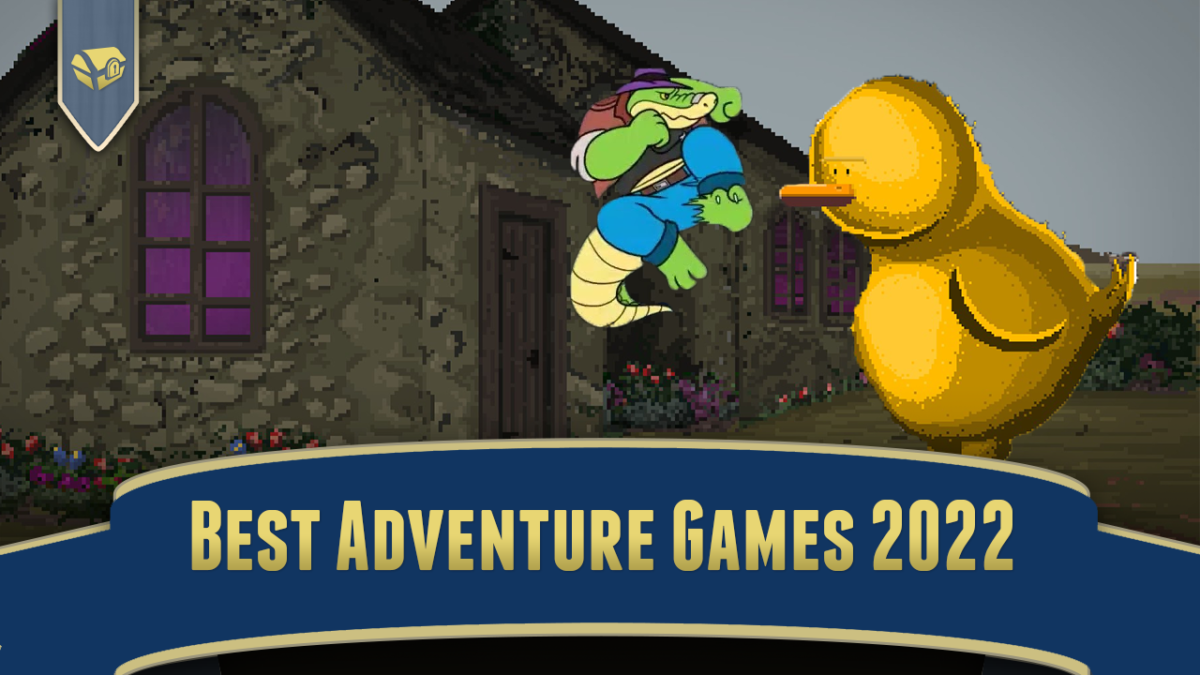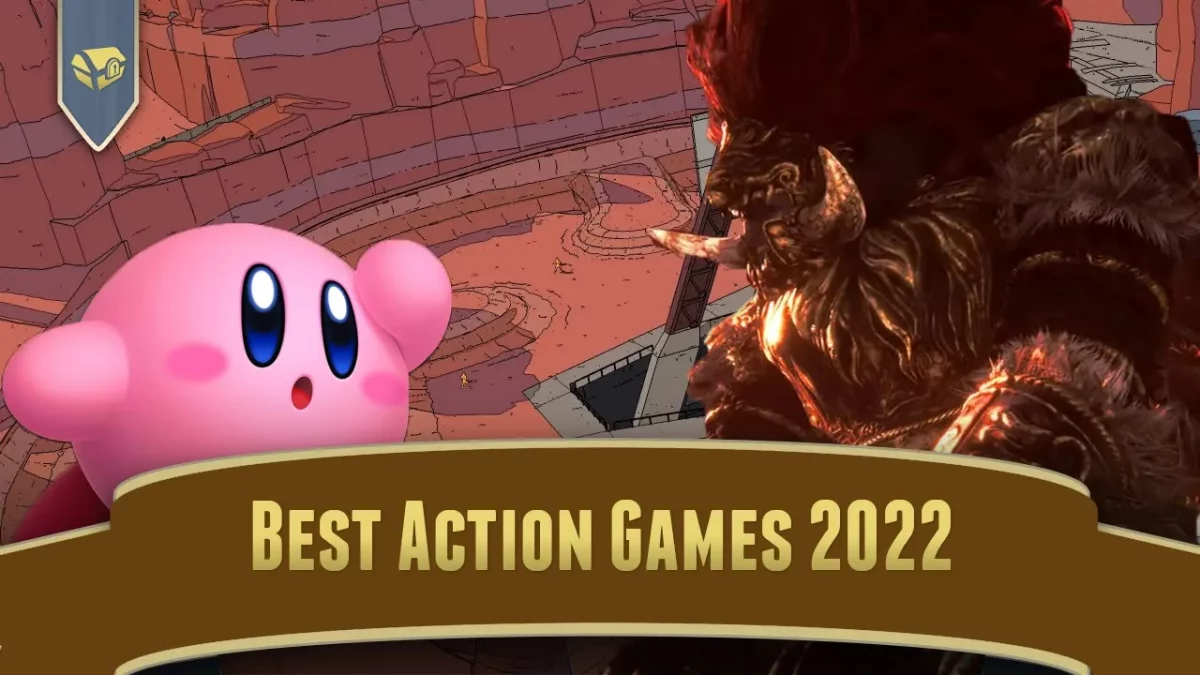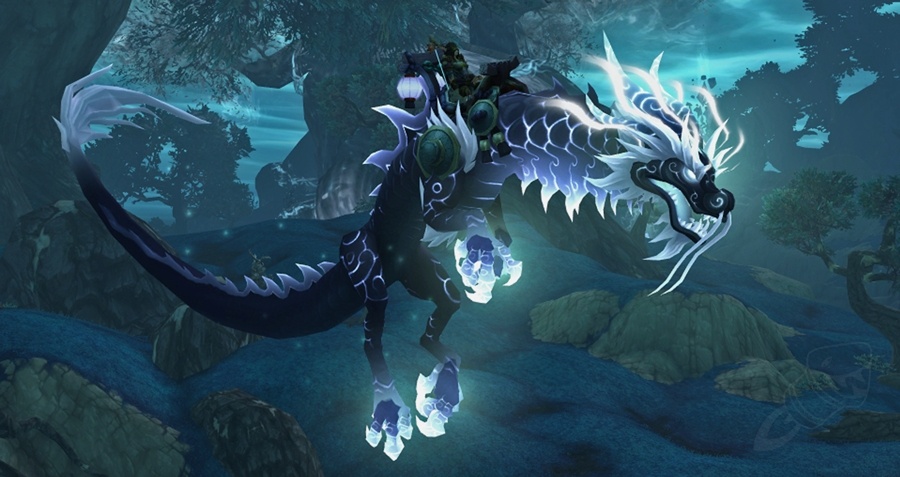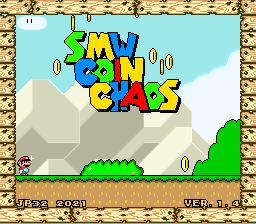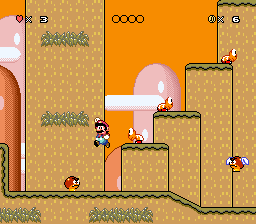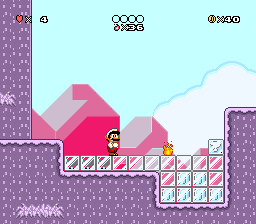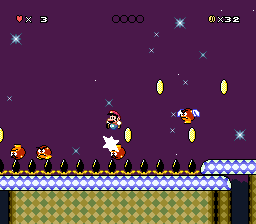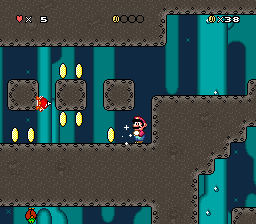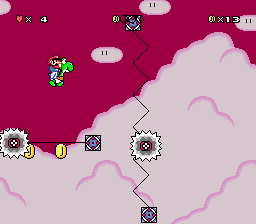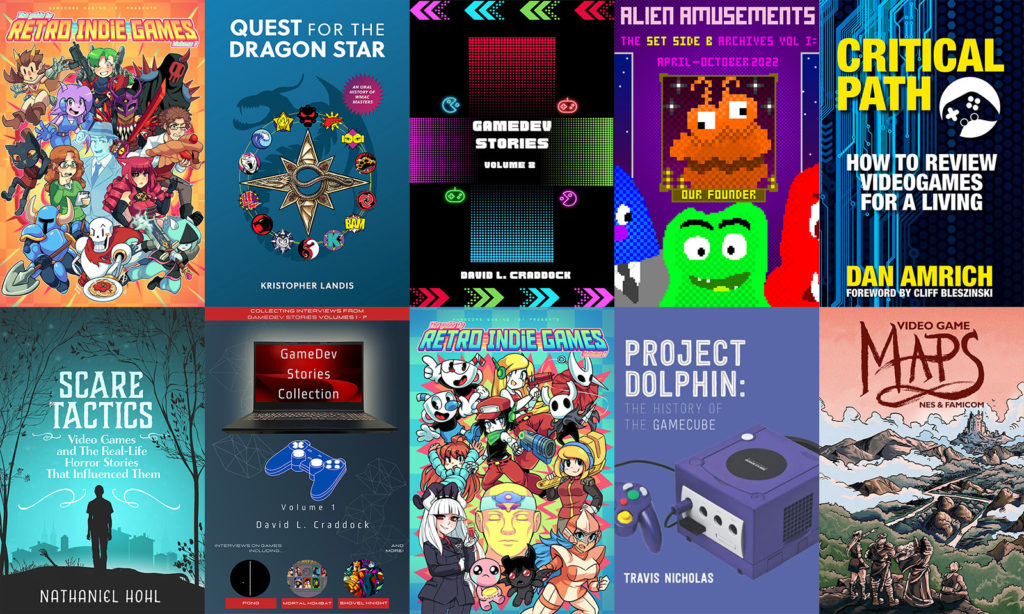It’s time to talk about my favorite games that made me ponder while I was pointing (and clicking).
Honorable Mention Sucker For Love
I’m pretty sure everyone forgot that this game even came out this year. What started as a project for a Dread X Collection, transformed into its own visual/novel meets adventure game. The premise alone is enough to turn heads — as you try to romance three very eligible women who just so happen to be elder gods who can tear apart the fabric of reality.
This is a game that fully commits to its premise, and while it’s not the hardest game in the genre, the complete package stands out as one of the most strangely charming games I’ve played. I don’t know if we’ll get a sequel to it, but it’s an overall great title.
#3 Lucy Dreaming
Lucy Dreaming harkens back to the golden age of Lucasarts-styled adventure games, with its own verb list and wacky logic. Combining the waking and dream world sections did lead to some interesting puzzles. While it can be on the harder side due to its structure and logic, it is definitely a must-play for any fan of old-school adventure games.
#2: The Excavation of Hob’s Barrow
Adventure games oftentimes either land on the side of challenging puzzles or focus more on the story and mood. With the Excavation of Hob’s Barrow, we have one that does both — a gothic horror point and click adventure with some very striking cutscenes. The game, at times, feels like an episode to one of the many anthology horror shows in the past, as the player explores a mysterious village, has creepy visions and dreams, all leading up to the surprising ending. The puzzle difficulty stays on the easier side until the very end, with the final chapter being the most puzzle-filled out of anything else.
I really like the charm and the story of this one, with the world feeling both familiar and alien at the same time. If you slept on this one, and in the mood for a mysterious adventure, then don’t miss this game.
#1: Brok the Investigator
Brok the Investigator manages to combine beat-em-up gameplay with point and click adventuring and puzzle solving to deliver one of the most original takes on the adventure genre. You are free to approach your problems by using your brain or your fists, with the story and ending changing based on your process.
The story itself is also very well done, and despite featuring a goofy talking alligator, there is a lot of heart to this game. Brok is trying to do right by his adoptive son, earn a living, and the push and pull between doing the right thing, and to keep going is an interesting one. This is one of those games I know a lot of people slept on, but this one gets my recommendation as a game worth playing.

Owner of Game Wisdom with more than a decade of experience writing and talking about game design and the industry. I’m also the author of the “Game Design Deep Dive” series and “20 Essential Games to Study”

